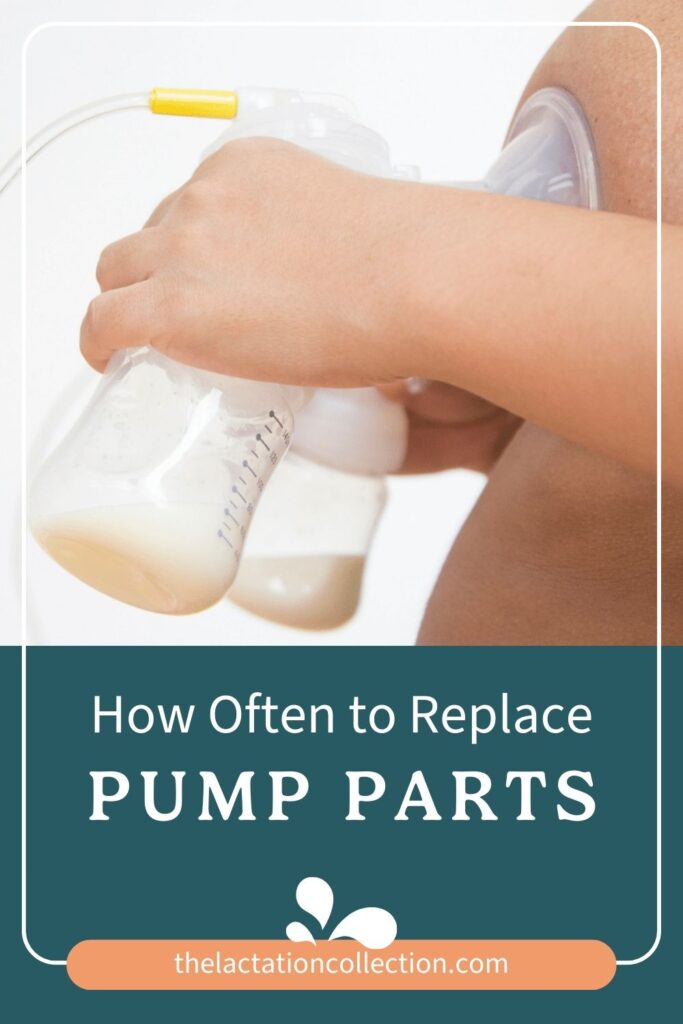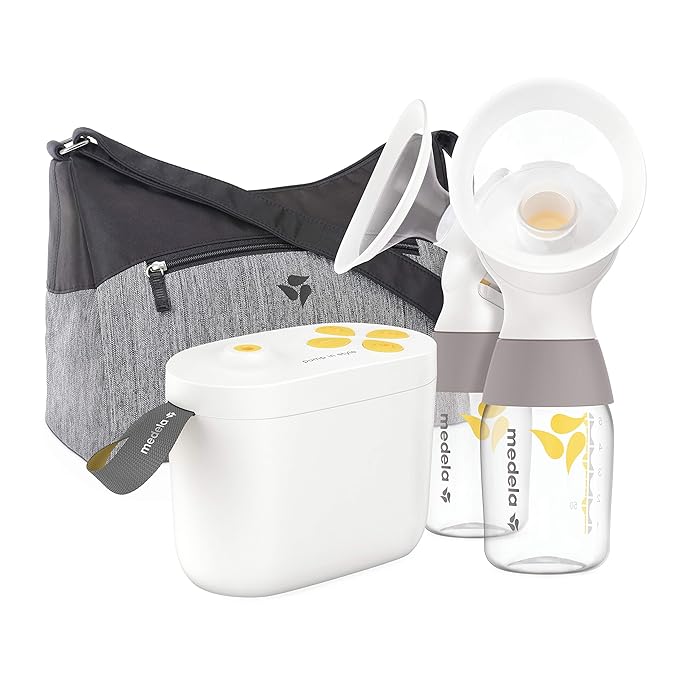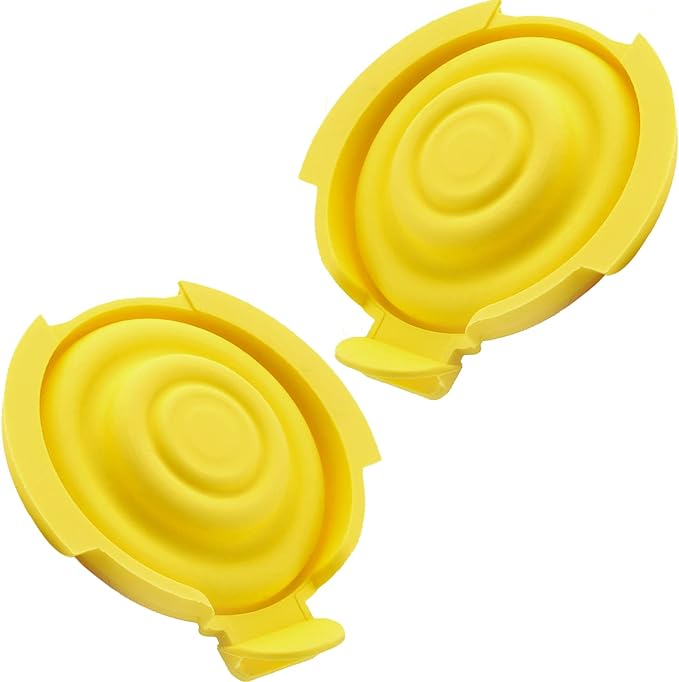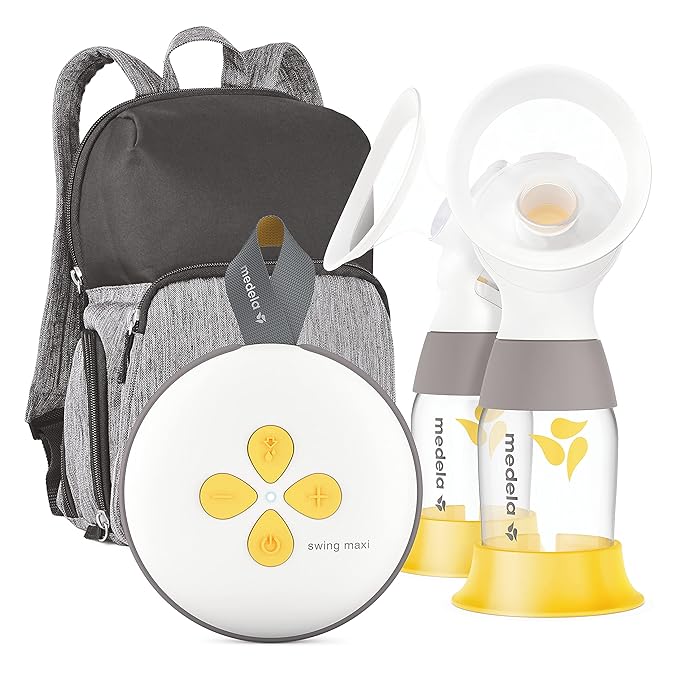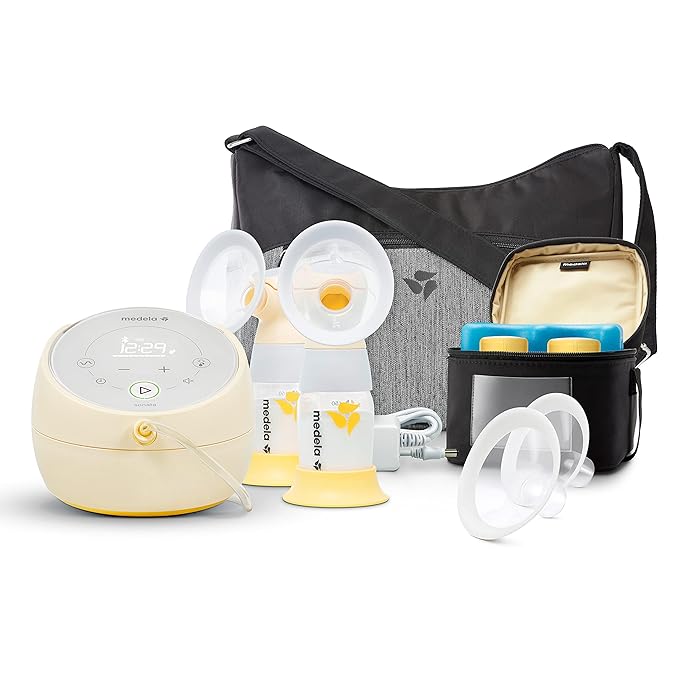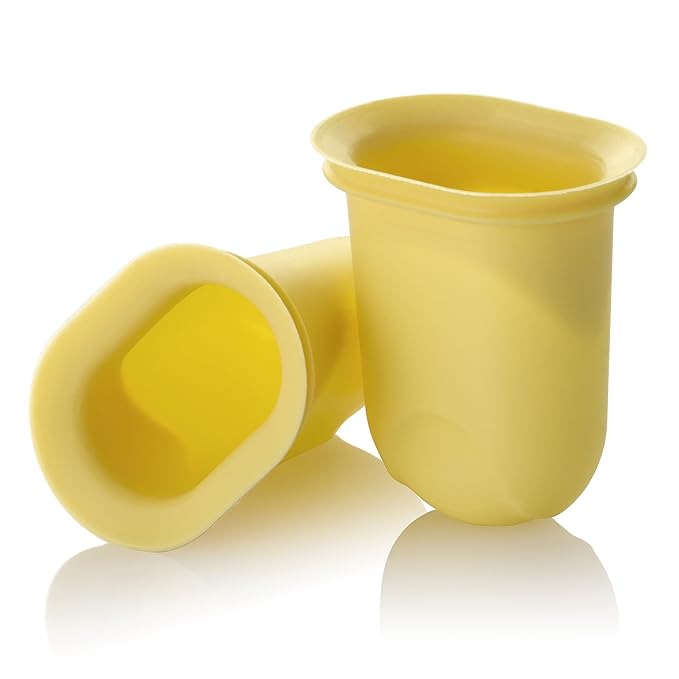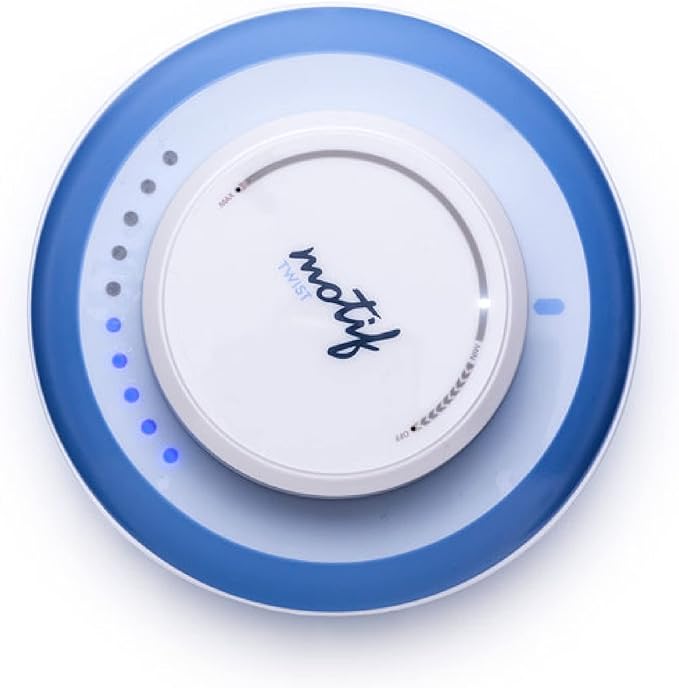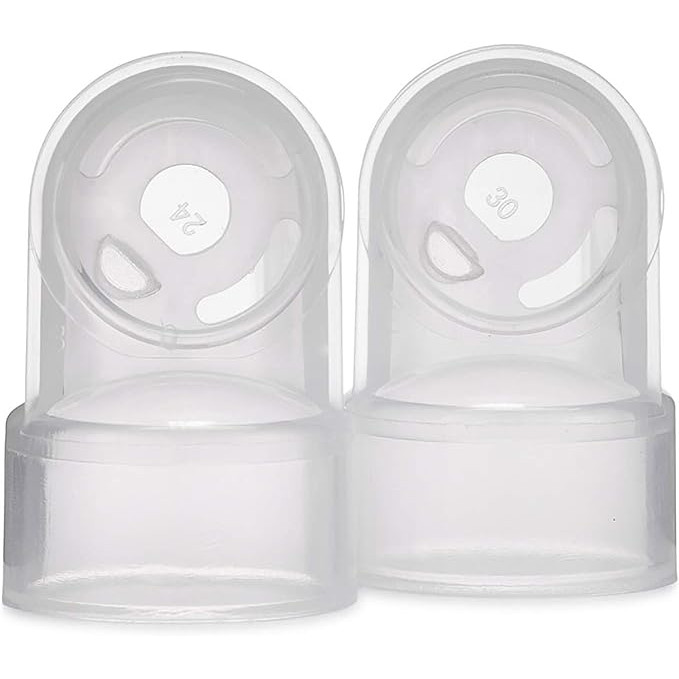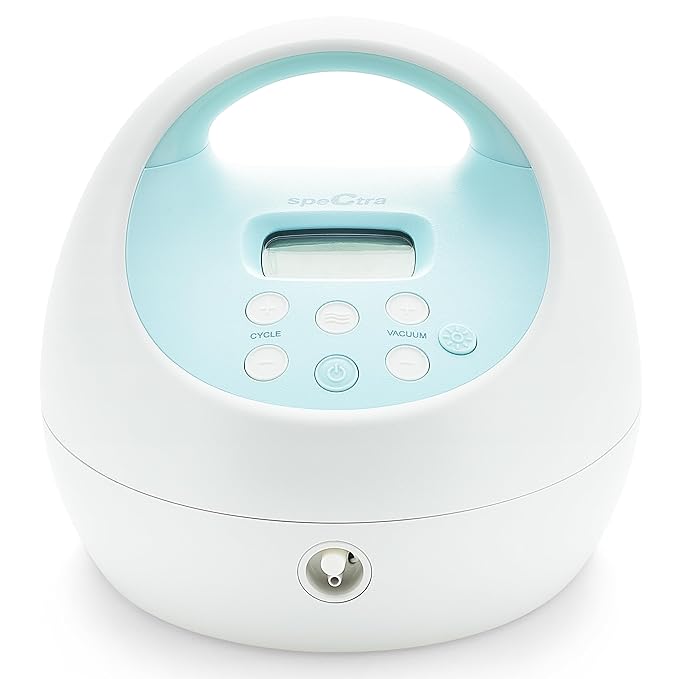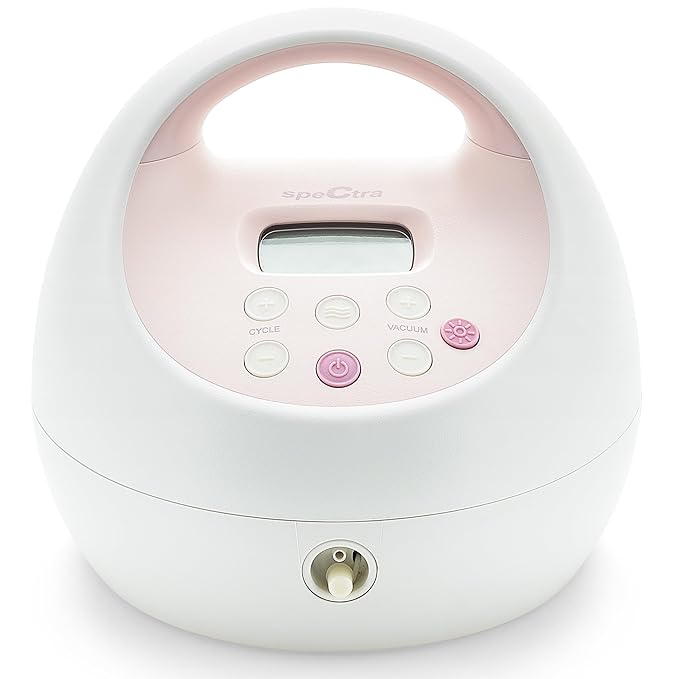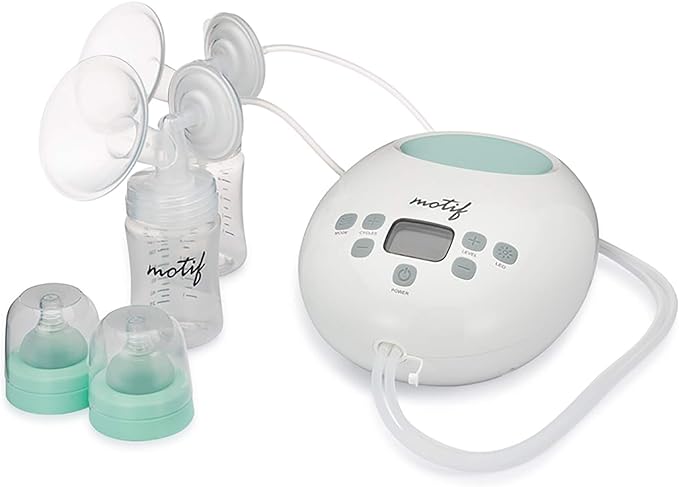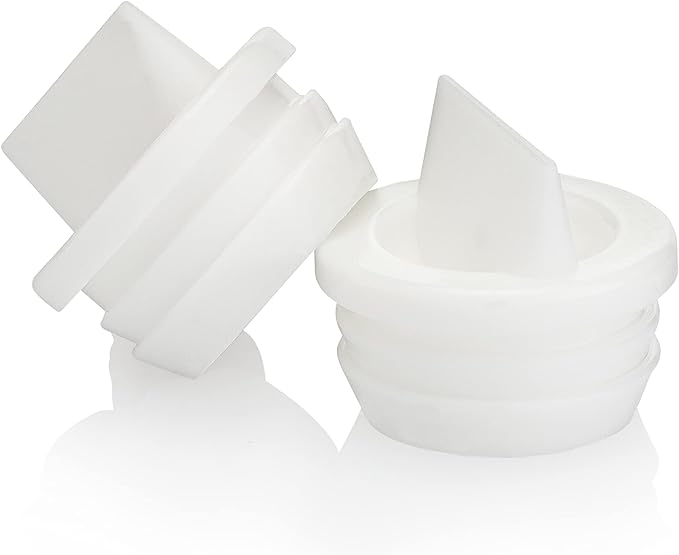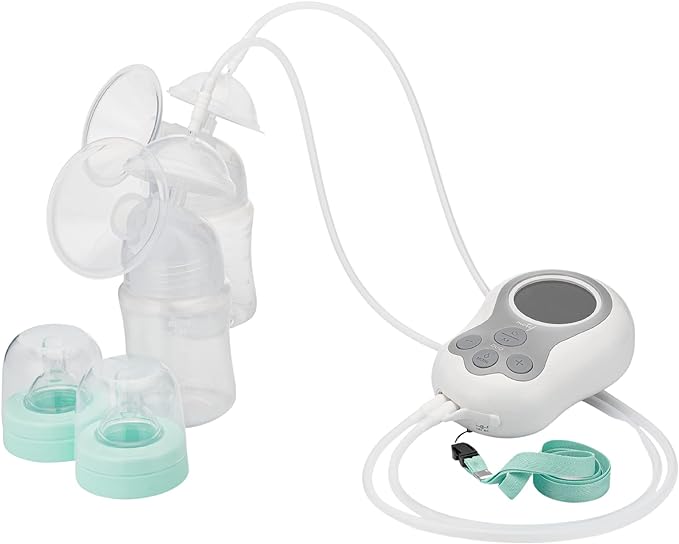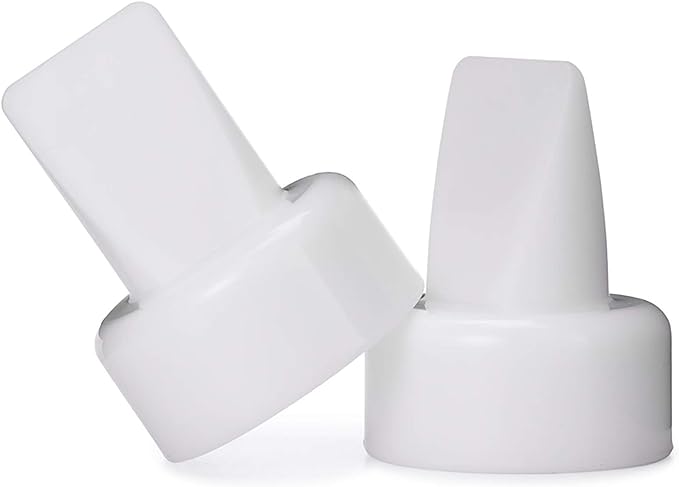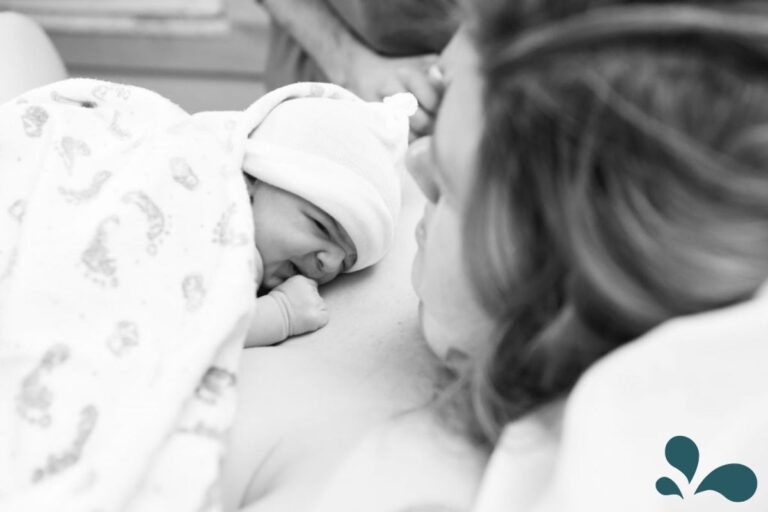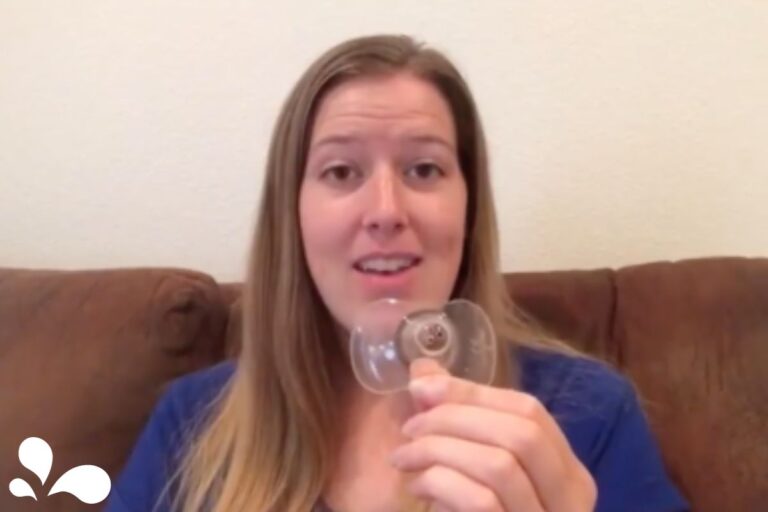If you’re reading this, you already know that pumping is a fantastic asset to a breastfeeding journey. Most people don’t know that you need to be replacing your pump parts far more often than you would think. Thus, when using a pump regularly, you should replace your pump parts regularly to keep your pump sanitary and working correctly. You want your pump to be at the top of its game so you can get the maximum amount of milk output.
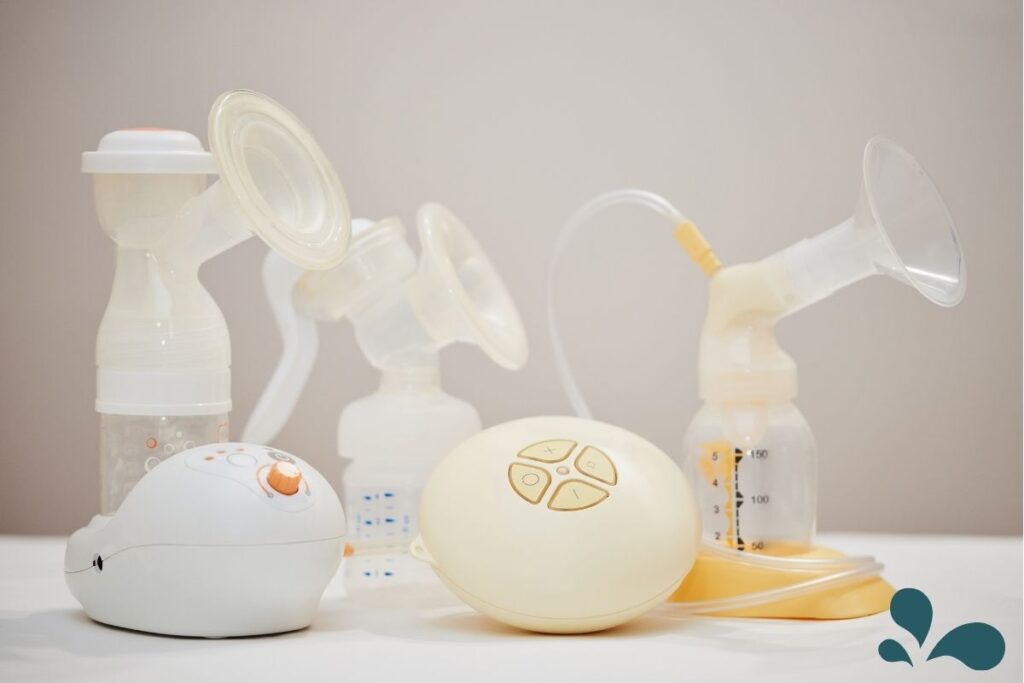
| Pump Part | Replacement Interval (4+ times/day use) | Replacement Interval (1-3 times/day use) | Replacement Reason |
|---|---|---|---|
| Valve/Membrane | Every 2-4 weeks | Every 8 weeks | Efficient pumping and prevents wear |
| Duckbill | Every month | Every 2-3 months | Maintains suction and prevents milk backflow |
| Backflow Protector | Every 3 months | Every 6 months | Prevents milk contamination and maintains suction |
| Flange | Every 6 months | As needed (due to failure or age) | Comfort and fit, prevents wear |
| Tubing | As needed (per moisture, damage) | As needed (per moisture, damage) | Prevents mold and maintains hygiene |
The Parts
With a pump, there are five major parts to consider replacing: valves/membrane, duckbill, backflow protector, flange, and tubing.
We won’t go into replacing the pump itself as most pump users don’t need to do so; however, if you ever notice a change in output after replacing all of the parts mentioned above, you may want to question your pump’s efficacy.
Let’s dive in.
Valve/Membrane
Like duckbills, valves/membranes increase suction on a pump. There is a required membrane with each valve, which is a small flap that goes over the opening of the plastic valve piece. Medela is the most common brand to come standard with valves/membranes.
If you pump four or more times a day, you need to replace your valves and membranes every two to four weeks. If you pump fewer than four times a day, you need to replace your valves and membranes every eight weeks.
Find replacement valves/membranes for some of the more common breast pumps:
Duckbill
Duckbills increase suction on a pump. Without the duckbill, your pump simply doesn’t suction to the point of milk removal. Your pump will either use valves/membranes or duckbills. Familiar brands such as Spectra and Motif typically come standard with duckbills. The part looks exactly as it sounds. The great thing about duckbills is that they are durable and typically easier to care for than valves and membranes.
If you pump four or more times a day, you need to replace the duckbill once a month. If you use your pump fewer than four times a day, you can replace the duckbill every two to three months.
Find replacement duckbills for some of the more common breast pumps:

Backflow Protector
The name kind of gives the function of this part away–the backflow protector keeps milk from flowing back toward the pump. Many of the most popular Spectra S-line pumps use backflow protectors.
Backflow protectors need to be replaced less often than valves/membranes and duckbills. You’ll replace the backflow protector (if your pump uses one) every three months when using the pump four or more times a day, or every six months when using the pump fewer than four times a day.

Flange
A flange is a funnel-shaped plastic piece that creates a seal around the areola. Once the flange is sealed, a vacuum pulls the nipple into the flange and the suction extracts the milk. All breast pumps incorporate a flange.
Flanges only need replacement every six months if pumping four or more times a day. If pumping fewer than four times a day, replacement should only be needed due to failure or age (check regularly).
Tubing
The breast pump’s tubes are long, clear, and flexible, extending from the flange to the pump itself. The tubing is responsible for connecting the pump to the flange and, consequently, the rest of the parts.
Tubing only needs to be replaced if moisture builds up inside the tube, it continually slips off the pump, or it gets damaged somehow.

Check with your breast pump manufacturer for more information and their recommendations for replacing parts.
Generally, insurance will cover a breast pump (check out this post to learn how to get a breast pump from insurance) and cover the cost of replacement parts every three months.
Happy Pumping!
